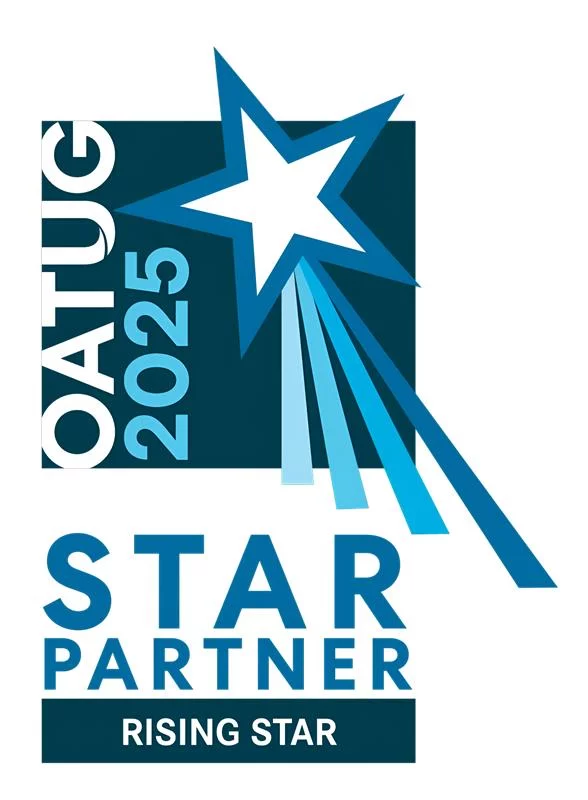Rapidflow's Cloud Governance: Secure & Compliant Data

Overview: Comprehensive Data Governance and Security Solutions
FedRAMP Compliant Cloud Infrastructure

SOX Compliance for Financial Reporting

Data Classification and Labeling
Classify your data based on sensitivity – such as personally identifiable information (PII), financial data, or protected health information (PHI). This allows you to apply the appropriate security controls and access policies to safeguard critical data assets.
Use advanced machine learning algorithms to automatically identify and label data based on content and context. This ensures consistent and comprehensive data classification across your organization, reducing the risk of human error.
Define a flexible data taxonomy that aligns with your industry regulations and business requirements. This allows you to create granular data categories and associate them with the appropriate security and compliance policies.
As data evolves and business needs change, easily reclassify data to ensure it is protected and governed appropriately. Automated workflows trigger policy updates and access control changes to maintain data security.
Access Control and Identity Management
Data Encryption at Rest and in Transit

Vulnerability Scanning and Patch Management




